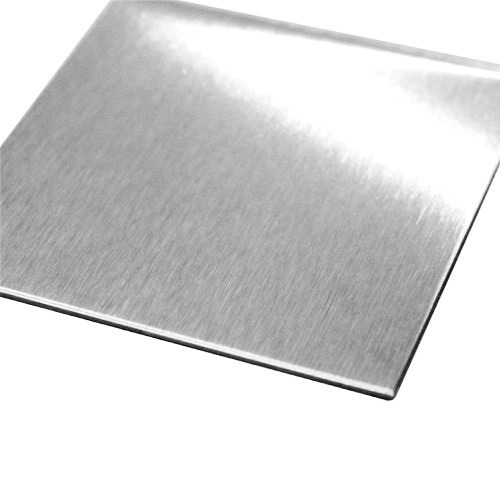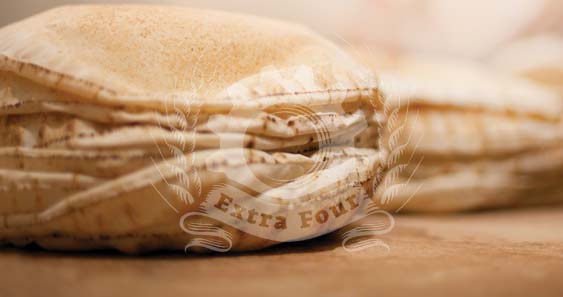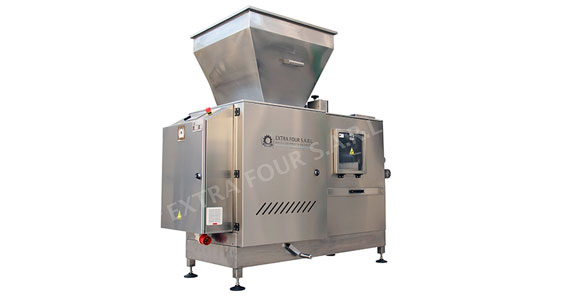The 7 benefits of Stainless Steel
Stainless Steel is a staple metal, used in households, and businesses like restaurant kitchens, hospitals, laboratories and manufacturing companies.
When it comes to quality, there are three different types of stainless-steel classified in the 200,300 or 400 series.
The 200 series don’t contain nickel and thus are less expensive but more prone to corrosion.
The 300 series (labeled as 304 or 316) have a higher quality and are much more resistant to corrosion. It’s important to note that grade 316 steel has a better resistance to chemicals and chlorides (like salt) than grade 304; which is the reason why we use the 316 stainless-steel on all parts of the Extra Four machines that are in direct contact with food. Furthermore, this 316 stainless steel is considered surgical grade and is used in the medical field.
The 400 series is considered the cheapest and is more prone to corrosion and can be found in kitchen utensils.
After going through the types of stainless steel and how they differ from each other, it's time to find out what the 7 benefits stainless steel are;
- Indestructible, long lasting and durable
- Superior heat distribution
- Safest for health: emits no toxins and doesn’t react to ingredients.
- Corrosion resistant
- Easy to clean and sterilize
- Aesthetic appearance
- Sustainable/recyclable
RELATED
LATESTPOPULAR

The 7 benefits of Stainless Steel

Pita bread through time!

How to clean Extra Four’s Dough Divider machine?

Pita bread through time!





